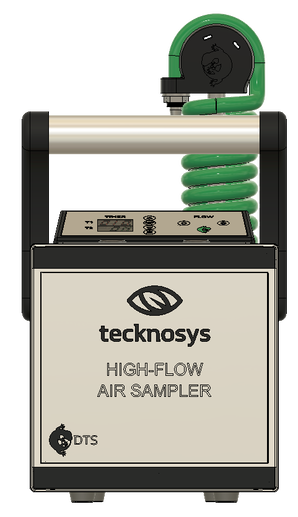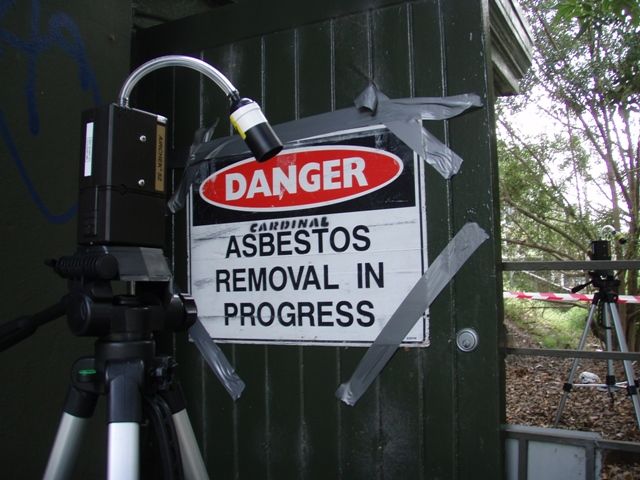Asbestos Inspection Near Me Solutions
Asbestos Inspection Near Me Solutions
Blog Article
Your Guide to Effective Asbestos Examining Procedures
Asbestos screening procedures are an important part of guaranteeing the safety and security of indoor atmospheres, particularly in older structures where this unsafe product may exist. The potential health and wellness dangers connected with asbestos direct exposure make it crucial to come close to testing with accuracy and thoroughness. From recognizing the buildings of asbestos to effectively interpreting test results, a thorough overview can furnish individuals with the expertise and devices required to navigate this intricate procedure. Remain tuned to discover the important actions and considerations that can assist you protect against the threats posed by asbestos.
Recognizing Asbestos and Its Threats
Asbestos, a normally taking place mineral understood for its heat resistance and sturdiness, poses serious health threats when its fibers are breathed in or ingested. asbestos inspection. Exposure to asbestos can lead to major wellness problems such as lung mesothelioma, asbestosis, and cancer cells. Despite its beneficial residential properties, asbestos has been extensively banned in numerous countries because of the tried and tested web link between asbestos direct exposure and these lethal diseases
When asbestos-containing products are disrupted or damaged,The threat lies in the tiny fibers that can quickly come to be airborne. Once breathed in, these fibers can come to be lodged in the lungs, triggering swelling and scarring over time. The latency period between direct exposure to asbestos and the growth of associated conditions can cover a number of years, making early discovery and avoidance critical.
Asbestos was generally used in building products, insulation, and automobile parts prior to its health dangers were totally comprehended. Today, proper screening and elimination of asbestos-containing materials are important to safeguard individuals from the risks connected with asbestos direct exposure.
Identifying Prospective Asbestos Materials
The identification of potential asbestos products is a critical step in making certain the safety of individuals subjected to hazardous compounds in various settings. Asbestos can be located in a wide variety of building materials, including but not restricted to insulation, ceiling floor tiles, floor tiles, concrete sheets, and roof covering roof shingles - asbestos testing cost. Recognizing these materials properly is crucial to efficiently handling the risks related to asbestos exposure

In cases where visual evaluation is inconclusive, samples of believed materials can be collected and sent to approved labs for testing. These research laboratories use specialized strategies such as polarized light microscopy or transmission electron microscopy to accurately determine the existence of asbestos fibers in the samples. By adhering to strenuous identification treatments, people can properly minimize the dangers related to asbestos exposure.
Selecting the Right Testing Approach
Identification of possible asbestos materials plays a critical duty in determining the ideal testing technique for precise asbestos fiber detection. As soon as suspected products have been determined, choosing the ideal screening method is important to guarantee dependable outcomes. There are two key methods for asbestos testing: polarized light microscopy (PLM) and transmission electron microscopy (TEM) PLM is typically made use of click here for more info for initial testing as it is economical and gives quick results. PLM has limitations in spotting asbestos fibers that are smaller than 1 to 3 microns. On the other hand, TEM is an extra sophisticated method that can properly determine asbestos fibers at the ultrastructural degree. While TEM is more taxing and expensive than PLM, it supplies greater sensitivity and specificity in asbestos discovery. Choosing the ideal screening technique depends upon numerous aspects such as the kind of material being evaluated, the required sensitivity of the evaluation, and the available budget plan. It is essential to talk to accredited asbestos screening experts to figure out one of the most appropriate approach for your particular testing needs.
Performing Sample Collection Safely
When accumulating samples for asbestos testing, focusing on safety and security procedures is click reference critical to reduce possible exposure risks. Asbestos fibers are unsafe when interrupted, making it important to adhere to correct safety and security procedures throughout sample collection - asbestos survey near me. Before starting the tasting procedure, make sure that you are outfitted with individual safety devices (PPE) such as non reusable coveralls, masks, gloves, and goggles to stop breathing or contact with asbestos fibers
It is essential to wet the sampling area utilizing a mild mist of water to avoid the fibers from becoming air-borne throughout collection. Use caution when collecting samples and avoid aggressive scuffing or drilling that could launch asbestos fibers into the air. Rather, carefully reduced a small item of the product using proper tools and place it right into a sealed container for evaluation by a qualified research laboratory.
In addition, labeling each sample with thorough details pertaining to the tasting area, enthusiast, and day's name is vital for precise record-keeping and analysis. By adhering to these safety guidelines, you can conduct sample collection for asbestos screening properly while minimizing the risk of exposure.
Translating Examination Results and Next Actions

Verdict
In final thought, efficient asbestos screening procedures are necessary in determining and handling prospective health and wellness risks associated with asbestos exposure. By recognizing the risks of asbestos, determining possible products, picking the appropriate screening technique, conducting sample collection securely, and analyzing examination results precisely, people and organizations can take the necessary actions to secure themselves and others from the dangerous effects of asbestos. It is vital to focus on safety and correct screening procedures to make sure a healthy environment for all.

Recognition of possible asbestos materials plays a critical duty in figuring out the appropriate screening approach for precise asbestos fiber investigate this site discovery. The examination outcomes will indicate the presence or lack of asbestos, the kind of asbestos fibers present, and the concentration degrees.In conclusion, reliable asbestos screening treatments are essential in identifying and handling prospective health dangers linked with asbestos direct exposure. By comprehending the risks of asbestos, determining prospective products, choosing the right screening technique, carrying out example collection safely, and interpreting test results precisely, organizations and individuals can take the required steps to protect themselves and others from the hazardous effects of asbestos.
Report this page